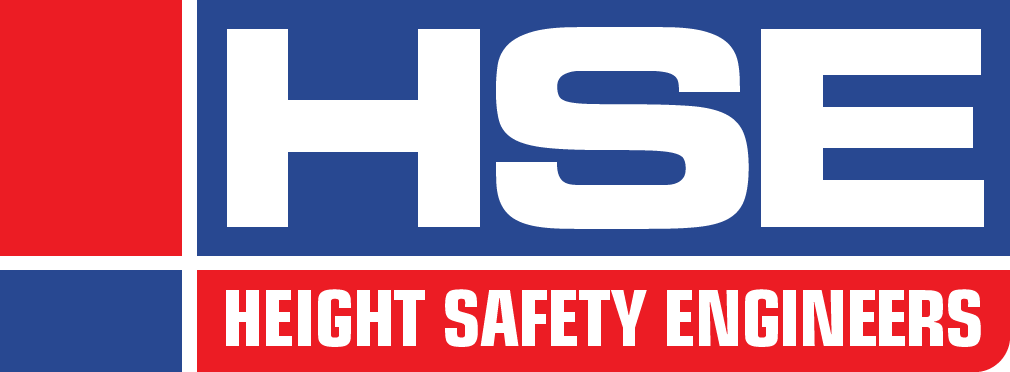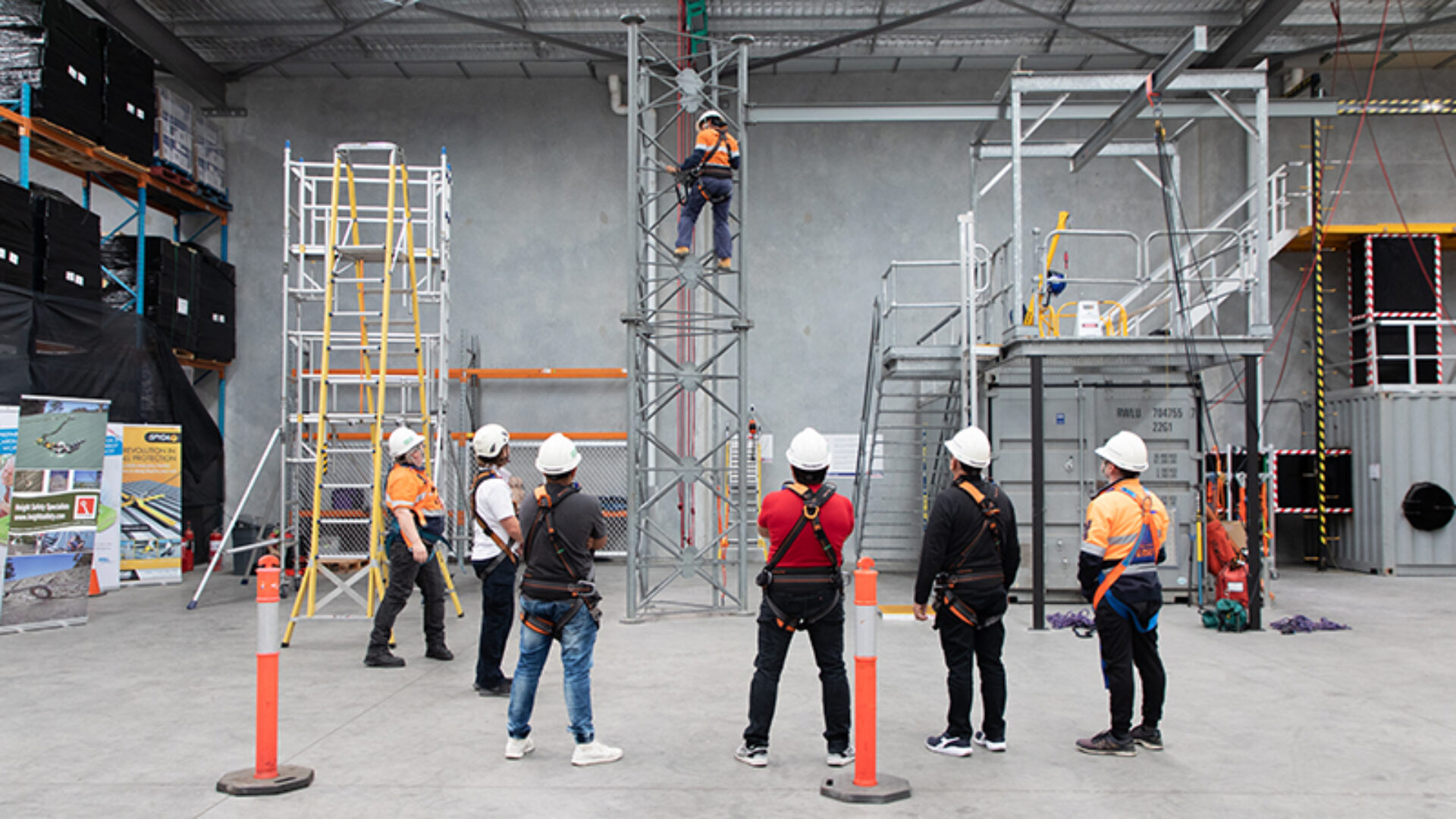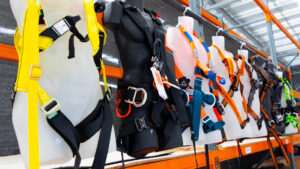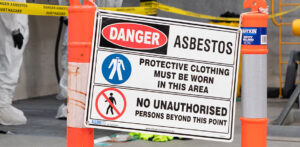When it comes to making your workplace safe, a team with skills to work safely and respond to emergencies is just as important as having protection systems installed.
No matter what your job – whether you are out on site, on the road or ride a desk – there are a range of safety skills that every worker should have. Undertaking safety training not only reduces the risk of injury occurring through improper work techniques, it can also provide the quick and effective responses to an accident or emergency. Timely responses to emergencies can save lives.
Depending on what type of work you do, there may be some training courses that are required to be completed. These must be done before you even think about going on site or starting work.
White card
For anyone looking to work in the building industry, construction or in a trade (plumber, electrician and the like), completing your white card is required before you start any work anywhere.
CPCWHS1001 Prepare to work safely in the construction industry, to give it its full name, is colloquially referred to as a general induction. It provides a base level of training in workplace safety. Topics covered in this training course include identifying the legislative and regulatory requirements of construction work, how to identify risks and what control measures are, correct communication and reporting of incidents, as well as some basic emergency and accident response.
More importantly, for team managers and employers, there are a range of training courses that have this unit of competency as a pre-requisite. Team members who completed their general induction or white card a reasonable amount of time ago may not hold this specific unit. This can create issues when it comes to upskilling your team.
Vital safety skills
Completing first aid and CPR training is something that everyone should do. Especially in Australia where our abundance of venomous snakes and spiders means that responding quickly to a bite is paramount in determining a victim’s health outcome.
Even outside of the workplace, having the skills to provide a first aid response to an accident or injury can be extremely helpful. First aid skills help in a wide range of activities including weekend sport, school, community events, even just at home.
Just completing first aid training is not the end, however. Like many courses, once training has been completed there are recommendations about redoing that training on a regular basis. This assists in keeping skills refreshed and updated over time. For first aid, it is recommended that training be redone every three (3) years. For the CPR component, that is required to be redone annually to stay current.
Fire extinguisher training is another set of safety skills that are advantageous to have. Being able to effectively use a fire extinguisher to attack a fire can help prevent it taking hold in a building. This training covers the use of a variety of common firefighting equipment including portable extinguishers, hose reels and blankets.
If you work in a job that involves moving loads manually – warehouses, factories and even offices – undertaking manual handling training can assist in minimising the risk of contracting a severe injury. Musculoskeletal and other injuries caused because of improper lifting and moving techniques can be debilitating. Obtaining training in using correct lifting technique can make work easier while reducing the risks of a severe back injury.
Essential safety for industry and trade
For those working in building, constructions and the trades, there are a range of work-specific safety skills that everyone working in those areas should have.
As mentioned already, the white card (CPCWHS1001 Prepare to work safely in the construction industry) is a requirement, however alongside that there are several other courses that it is strongly recommended workers complete.
Falls from height remain one of the biggest causes of workplace injuries, and worse. Much of this stems from how fall risks are not greatly understood. Although most would assume that working at heights would mean working on a roof, this simply is not the case.
Undertaking working at heights training can help workers gain an understanding of just where fall risks are and how they can be avoided or mitigated.
Although asbestos has been banned from use in building and construction work for almost 40 years, it remains extremely prevalent in buildings across Australia and inhaling fibres can lead to a range of serious health complications for workers.
Being able to identify areas where asbestos contamination is likely can help workers avoid the risks associated with disturbing asbestos and asbestos containing materials as part of their work.
Certain asbestos awareness training (Currently 11084NAT Course in asbestos awareness) is required to be undertaken by those looking to work in the Australian Capital Territory. For all other states, although the nationally accredited course is not a requirement, HSE strongly encourages completion of this unit as it ensures participants’ training will be recognised in any worksite across Australia. Completing unaccredited training may result in needing to complete multiple courses to satisfy site rules.
Confined spaces are another high-risk work area that appears in more places than workers often realise. While obvious places like manholes and tanks are easy to identify, confined spaces can also include trenches, pits or anywhere movement and escape can be restricted or impeded.
At HSE, we include a competency for gas testing atmospheres as part of our one-day confined space course. This ensures that participants can safely monitor the environment when working in confined spaces to assist in early identification of a contaminated atmosphere.
Keeping training current
Once training has been completed, it is important that skills be updated and refreshed on a regular basis. What is considered best practice when it comes to working safely can change as new approaches to work are implemented.
Regular refresher training is an easy way to ensure that no matter where working is being carried out, it is being done so in the safest manner practicable.
Height Safety Engineers is a registered training organisation (RTO 91227). Our expert team is always happy to assist employers and workers in ensuring they have the training and skills needed to work safely every day. To discuss your training needs, please call us on 1300 884 978 or email enquiries@heightsafety.net.





